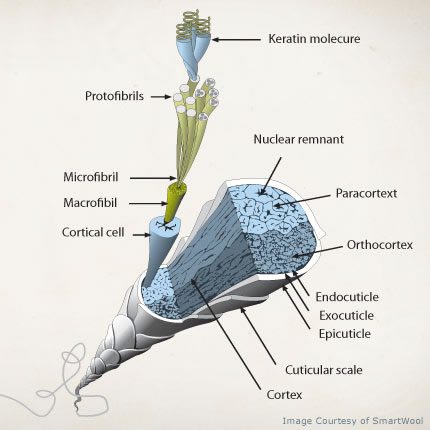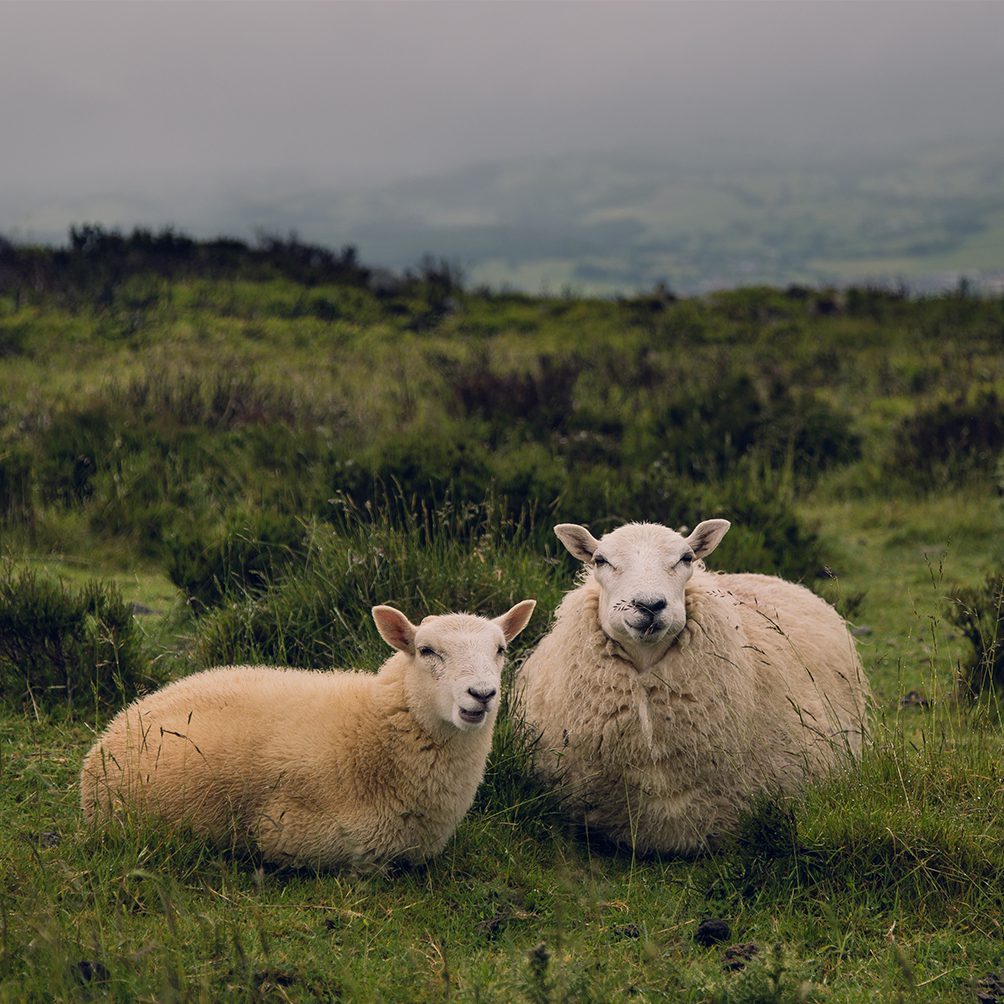
Material Advantages
Crimped wool fibres also gives the manufactured product particularly good resilience. This means that insulation made from wool will retain its thickness, one of the main contributors to insulation efficiency. As wool contains moisture, it is fire resistant, extinguishing itself when the source of flame is removed. It is also a very effective airborne and structureborne acoustic insulation, significantly reducing noises that can be heard throughout a building.
- Wool is natural, renewable and sustainable
- Sheep Wool Insulation is perfectly safe to touch and requires no specialised safety clothing or equipment, making it easy to install
- It causes no irritation to the eyes, skin or lungs and wool fibres present no hazard to your health
- Wool fibres are breathable, meaning they can absorb and release moisture without reducing thermal performance unlike fibre glass based products
- Wool does not support combustion and will extinguish itself in the event of fire
- Sheep Wool Insulation does not settle due to the high elasticity of the wool fibres ensuring no loss of performance over time
Saving energy
-
Wool is designed by nature to save energy
-
Sheep Wool Insulation also requires only a fraction of the energy to produce compared to that of man made counterparts
-
This means that Sheep Wool Insulation will pay back its energy costs more than 5 times sooner (only 15 kW of energy are used to produce 1 m³)



